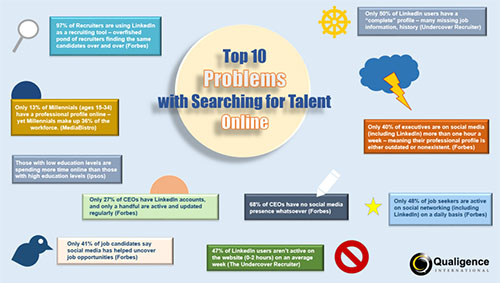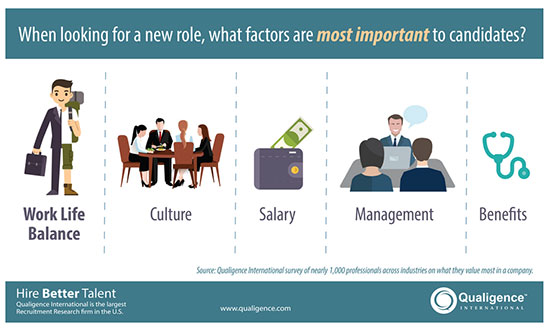 Today’s post is courtesy of guest blogger Elsa Duty. Elsa owns executive search firm Recruiting Services International (founded in 1970) that specializes in technical search globally (R&D/engineering, manufacturing, science). Elsa has been an active member of NPAworldwide for more than 10 years and is currently serving on the Board of Directors.
Today’s post is courtesy of guest blogger Elsa Duty. Elsa owns executive search firm Recruiting Services International (founded in 1970) that specializes in technical search globally (R&D/engineering, manufacturing, science). Elsa has been an active member of NPAworldwide for more than 10 years and is currently serving on the Board of Directors.
A lot of small business owners I know often struggle with the decision, “Should I grow my business (hire more employees) or stay small?” Many owners I know never had ideas of grandeur to grow their businesses to be the next Robert Half or Korn Ferry. They simply wanted the lifestyle that recruiting affords; the ability to be at the helm of their own success, the work-life balance, and of course, big commission checks. The struggle often comes from a too-heavy workload in a strong economy (and the inability to say no to a job order that lands on your desk, if you’re like me!)
Finding good recruiters/employees is becoming harder to do. The Millennial workforce is producing a slew of “renters;” employees who come and go three times as fast as they would have 20 years ago. According to EREMedia.com, over 30% of new hires are quitting their jobs after six months! This is especially detrimental to small businesses that are not prepared for this attrition. Losing a new recruiter can tally up quickly if you consider these potential costs:
- Hiring/Onboarding – draw/salary of 3-6 mo, averaging $9,000-12,000+, plus healthcare, office/computer expenses
- Training Costs – 6 months-1 year+, quantifying management time into dollars at roughly $10,000-$15,000+ “lost production hours” of a full-desk recruiting manager
- Employer Taxes – In the US, FICA match, SS/Medicare: 7.65% of every dollar earned (a $60,000 employee costs an employer ~$4,590/year)
- Customer Relationships / Business Reputation – This is the biggest one; hardest to quantify but most critical. New clients developed may not have a bond strong enough to survive account manager attrition. This could mean $20,000-80,000+ in “lost” clients/placements.
Should the economy take another dive, these new hires will bail faster than you can say “cold-call.” You could be $30,000 invested into a new recruiter who is gone in less than 6 months (with minimal production dollars). Hiring “renters” is detrimental to our business. We know recruiting success comes with longevity, dedication, and deep passion for the business. We are “owners” in every sense of the word. We hold ourselves accountable and will do everything it takes to succeed. So when we need extra bandwidth, how do we get help without getting sucked into this cyclical model?
I was thinking of this as I looked around a large ballroom of smiling, welcoming faces at the annual NPAworldwide Global Conference in Washington D.C. a few weeks ago. Who has better ownership of their work, than OWNERS themselves? We eat, sleep, and breathe recruiting. We are warriors who have survived the battles of job-short, candidate-short, or money-short markets. My fellow NPAworldwide partners were all there to help, support, and partner together for the better good of our businesses succeeding. Utilizing a great split-placement partner can be an excellent solution to the urge to hire.
I recognize there is significant value in hiring good recruiters that produce. But that model is not for everyone. Not every owner wants the financial gamble, especially given the mentality of the workforce these days. Instead, if we are able to build sincere, tight relationships with other owners, entrusting ourselves to them, we can build powerful recruiting teams WITHOUT ever saying, “You’re hired.” Our recruiting partners are ready to go Day 1 of being given a new job order: no training, no financial investment, no overhead. If we change our mentality from “my firm” and “your firm” to “we’re a team,” we can support any influx of jobs in good season and bridge any recession when things are slow. That is what a split-placement network is all about.







 Conferences can be one of the most valuable business tools in your various resources if you appropriately plan and attack them. Each event you attend could very well have in attendance one of the most important business contacts you meet, someone who could change your business model by listening to a speaker, add revenue by becoming your new split placement partner, or reduce cost significantly with a new tool from a sponsor.
Conferences can be one of the most valuable business tools in your various resources if you appropriately plan and attack them. Each event you attend could very well have in attendance one of the most important business contacts you meet, someone who could change your business model by listening to a speaker, add revenue by becoming your new split placement partner, or reduce cost significantly with a new tool from a sponsor. 

